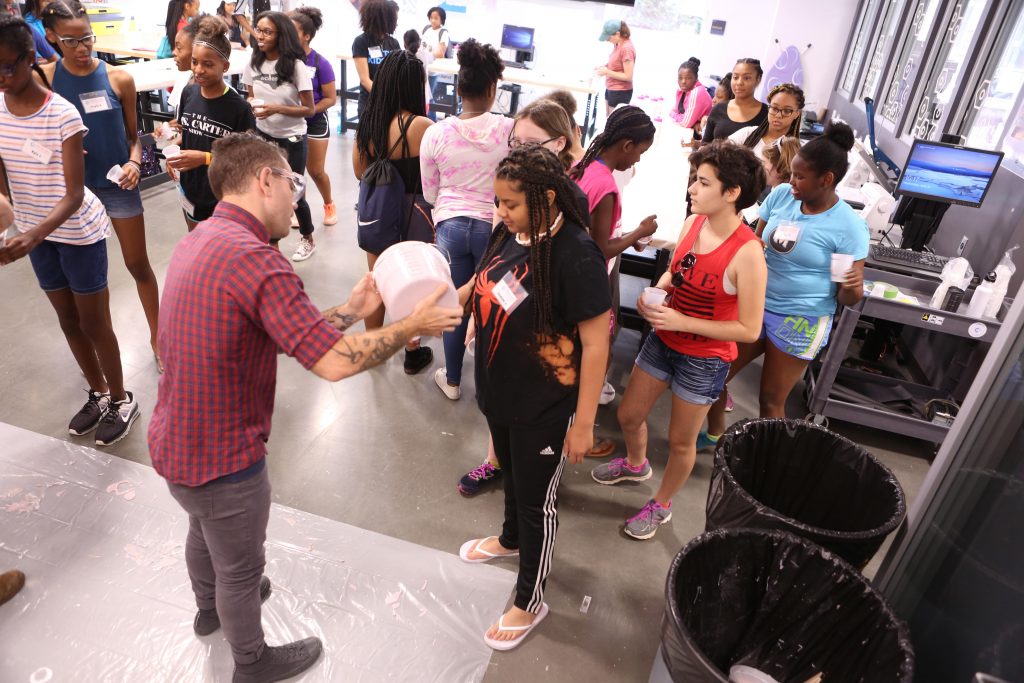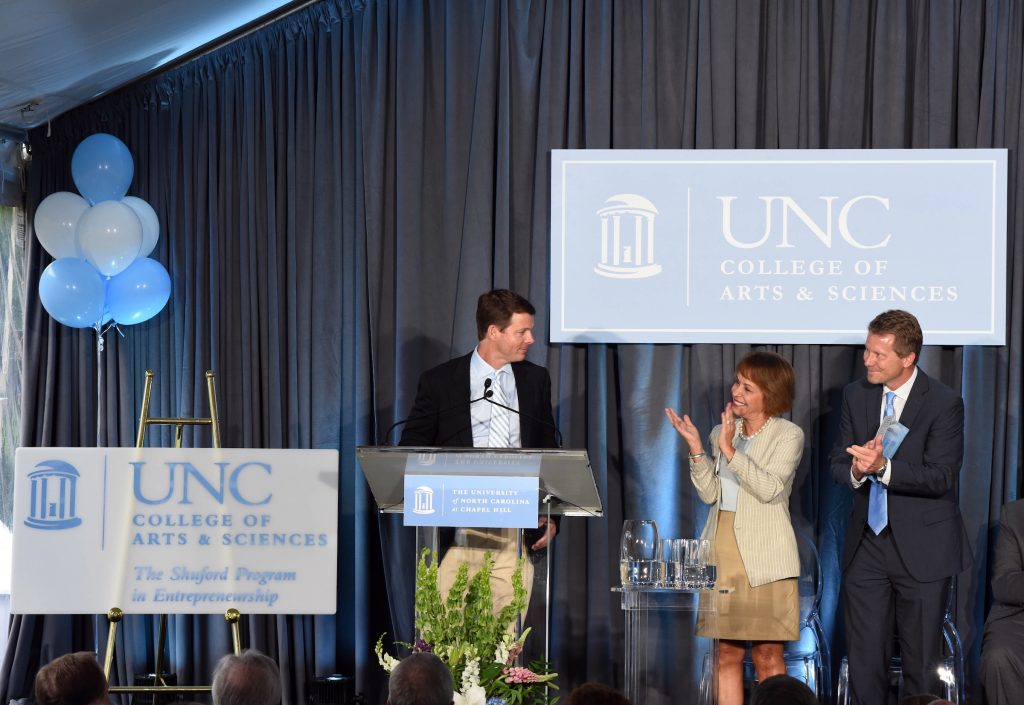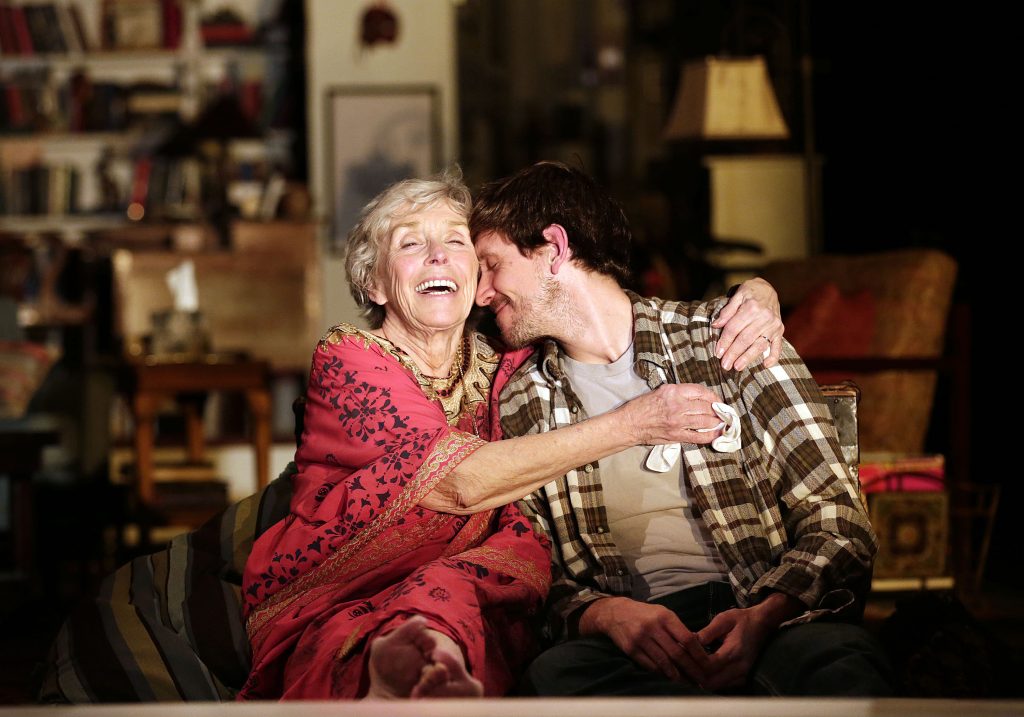
If a picture is worth 1,000 words, what is a nearly 500-year-old painting worth? “Portrait of a Young Lady” sat in storage at the Ackland Art Museum since its arrival there in 1968 — until UNC art history professor Christoph Brachmann pulled it from the vaults last year. He immediately sensed the possible importance of this piece, thought to be created in 1522 by Barthel Bruyn, a German Renaissance painter.
What happens to paintings between the time they leave an artist’s hand and arrive on the wall of a museum? Turns out that, like people, they change throughout their life cycle. They age, become damaged, are painted over — all of which may change their original essence. Then, once in the hands of the museum, they may undergo all sorts of scientific analysis and conservation efforts to attempt to discover and understand what is left of their original form.
Evidence suggests that the Ackland Art Museum’s “Portrait of a Young Lady” has led an interesting life. Though the painting was probably commissioned by an aristocratic, 16th-century German family, it traveled in and out of private collections until the Ackland purchased it in 1968. Not only has it been severely damaged and restored multiple times, but recent analysis shows intentional cracking or aging throughout and that the date and family crest are 18th– or 19th-century additions — all changes that have taken the painting farther and farther away from its original appearance.

“A painting like this presents the opportunity to bring together art historians, conservators, and scientists interested in the burgeoning field of the technical study of art,” says Peter Nisbet, the Ackland’s deputy director for curatorial affairs. “It’s proved to be less an important example of Bruyn’s portraiture of nearly 500 years ago, and more a case study in the life of an object, undergoing so many alterations and ‘improvements’ as to almost become a different picture.”
Brianna Guthrie, an art history Ph.D. student at Carolina, agrees. “It’s an excellent example of how technical analysis can inform traditional scholarship,” she says. “Testing and imaging will help us answer some of the most basic — and vital — questions about the painting like who, where, how, and why?” The Ackland’s 2017 Joan and Robert Huntley Scholar, Guthrie participated in the beginning of this extensive research project, helping unravel the mystery behind the “Portrait of a Young Lady’s” life.

Guthrie is the fifth recipient of the Joan and Robert Huntley Scholarship, which gives UNC art history graduate students the opportunity to conduct research using collections and resources from both the Ackland Art Museum and the North Carolina Museum of Art. Robert Huntley, a professor and physician who helped found the UNC Department of Family Medicine, had a deep appreciation for the arts. He passed in 2002 and, his wife — herself an art lover and Carolina alumnus — endowed the scholarship in 2012.
A conservator like Cox not only uses analytical tools to answer questions about paintings, but also completes the hands-on work of stabilizing physical insecurities, removing old varnishes and restorations and compensating for losses in the original paint film. This cart in her studio stores paints and mediums, tools for leveling fills, tweezers for removing stray bits of cotton and debris, a silk for polishing surfaces, and several varnishes. “All restoration paints are reversible without damaging the original paint,” Cox explains. The possible Bruyn, she points out, has paint from previous restoration that was not applied following modern ethics in conservation. If the Ackland decides to conserve it, layers of old varnish and retouching will be removed, and losses filled and inpainted.
The opportunity to see the scientific side of history and preservation has deepened Guthrie’s appreciation for the material nature of art — so much so that she’s attending the American Chemical Society’s national meeting later this year to learn about analytic chemistry in the context of cultural heritage. “A persistent and imaginative researcher, Brianna fully immersed herself in scientific conversations and studies in the lab — activities outside her normal skill set,” Nisbet says. “That will make her a much better art historian in the future.”
Story and photos by Alyssa LaFaro, Endeavors magazine. See the full photo essay for more photos and information.




